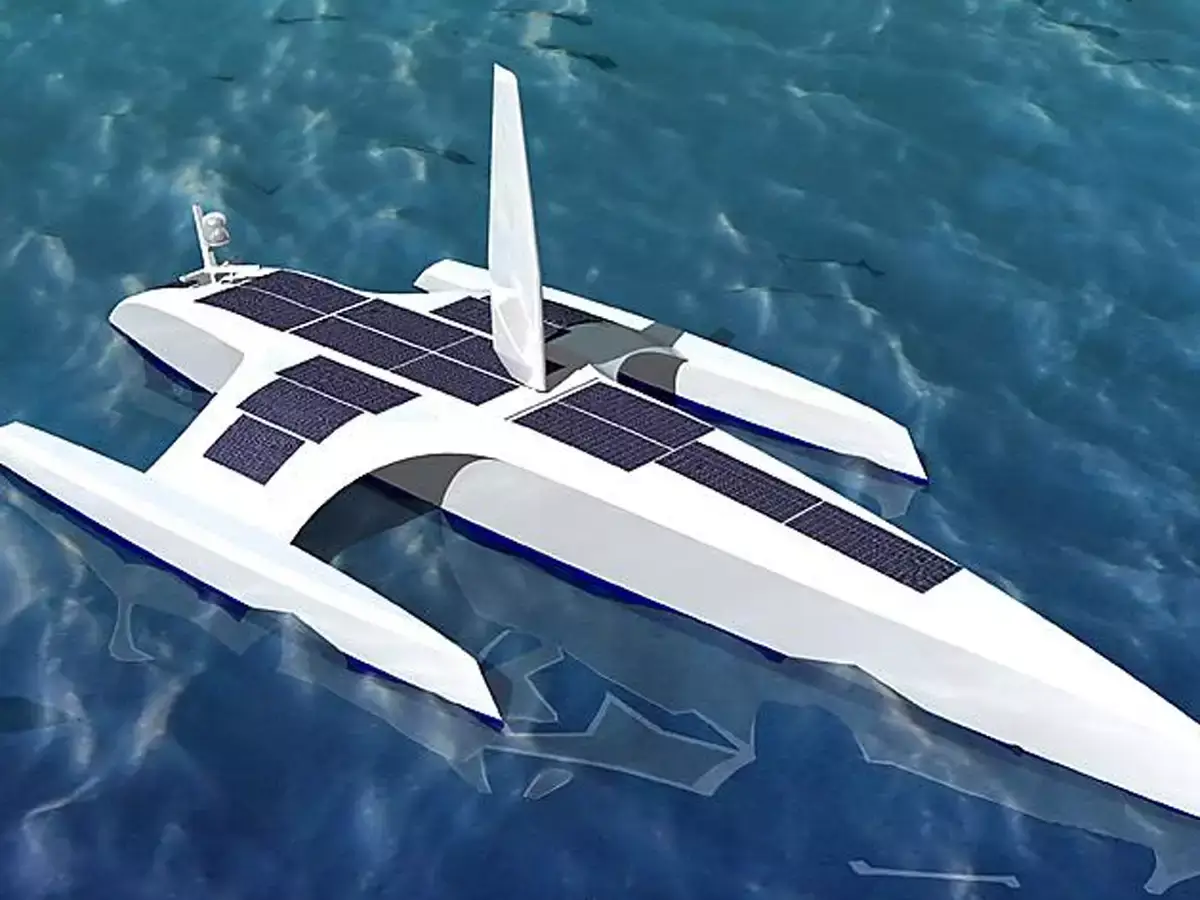The vision of flying cars has long captured the imagination, symbolizing a futuristic world of effortless personal transport. However, while flying cars remain largely in the realm of prototypes and regulatory hurdles, a different kind of autonomous vehicle is quietly but steadily becoming a reality: robot ships.
Robot ships, also known as autonomous or unmanned vessels, are poised to revolutionize the maritime industry, offering a range of potential benefits that make them a more practical and achievable technology in the near term than their airborne counterparts. Several factors contribute to this:
Driving Forces Behind Robot Ships
- Economic Advantages: Robot ships promise significant cost reductions. They eliminate the need for large crews, decreasing labor costs and reducing expenses related to crew supplies and salaries. Optimized routes and speed adjustments, facilitated by AI, lead to better fuel efficiency and lower carbon emissions, contributing to further savings.
- Enhanced Safety: A significant percentage of marine accidents are attributed to human error. Autonomous systems, equipped with advanced sensors and real-time monitoring capabilities, can detect and respond to potential hazards more effectively than humans, minimizing the risk of accidents. By automating dangerous tasks, they also enhance the safety of shipyard workers.
- Increased Efficiency and Productivity: Robots can operate around the clock without fatigue, accelerating shipbuilding processes and reducing production times. Automated systems integrated with CAD and CAM ensure seamless transitions from design to production, resulting in faster turnaround times. They also offer greater flexibility in inventory management and adaptation to changing demands.
- Technological Advancements: The development of autonomous ships relies on a combination of cutting-edge technologies, including artificial intelligence (AI), the Internet of Things (IoT), sensor technology, machine learning algorithms, and advanced robotics. AI systems process vast amounts of data to predict weather patterns, avoid obstacles, and optimize routes. IoT devices and sensors continuously monitor the ship's environment and machinery. Machine learning algorithms enable ships to learn from past voyages, improving decision-making over time.
- Addressing Critical Challenges: Autonomous naval vessels can address critical challenges faced by defense, such as maritime surveillance and security missions, with less staff and lower costs. In a world of increasing geopolitical tensions, this offers a cost-effective way to enhance deterrence. They can also assist in dangerous tasks like oil refining and firefighting.
Current Developments and Key Players
Several companies and organizations are actively involved in developing and deploying robot ship technology. Blue Water Autonomy, founded in 2024 by veterans from the US Navy, iRobot, and Amazon Robotics, is developing autonomous ships for the U.S. Navy. Kongsberg is developing YARA Birkeland, an all-electric autonomous container ship. Other companies like Ocean Infinity and Sea-Kit International are also pioneering this technology.
Challenges and Considerations
Despite the numerous advantages, the path to widespread adoption of robot ships is not without its challenges:
- Regulatory Frameworks: The absence of global standards and regulatory frameworks for autonomous shipping creates uncertainty. The International Maritime Organization (IMO) is working to establish guidelines, but individual nations' maritime laws may not yet align with autonomous technology. Mixing manned and robotic ships in navigation also presents a complex regulatory situation.
- Cybersecurity Threats: Autonomous vessels are vulnerable to hacking, which could lead to piracy, smuggling, or other illegal activities. Ensuring the cybersecurity of these vessels is crucial.
- Sensor Integration and Reliability: Autonomous ships rely heavily on sensors for navigation. Ensuring the reliability and accuracy of these sensors in harsh maritime environments is essential.
- Collision Avoidance: Developing collision avoidance algorithms that comply with existing regulations is a major challenge.
- Social Acceptance: Public perception and acceptance of robot ships will be crucial for their widespread adoption.
- Job Displacement: As robots take over tasks previously done by humans, there are concerns about job losses.
The Future of Robot Ships
Despite these challenges, the future of robot ships appears bright. Pilot projects are underway globally, and major shipping companies are investing heavily in autonomous ship technology. Experts predict that autonomous ships will become a common sight in the next decade, transforming maritime transport. While fully autonomous operations are the ultimate goal, a gradual transition with human oversight is likely.
In conclusion, while flying cars remain a distant dream, robot ships are rapidly becoming a reality. Driven by economic advantages, enhanced safety, and technological advancements, these autonomous vessels are poised to revolutionize the maritime industry, offering a more efficient, safer, and sustainable future for sea transportation. The convergence of technology, evolving regulations, and industry innovation will pave the way for robot ships to reshape the landscape of maritime transport in the years to come.















